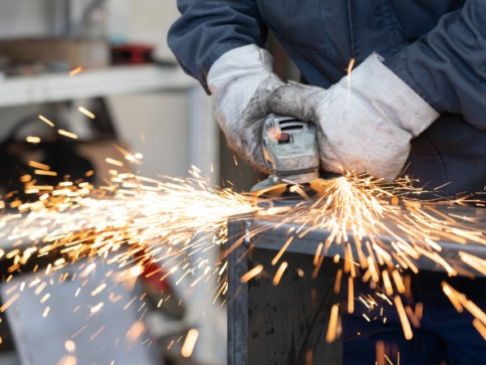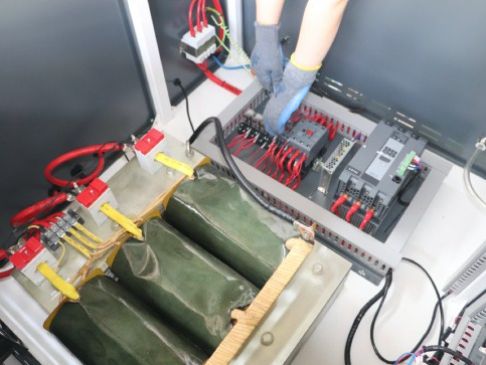Time:
From the outside, an industrial furnace looks deceptively simple, but there are many complex processes going on inside. Variations in furnace anatomy and features allow many options for heat treatment and thermal processing applications.
These common components and technologies are used in most industrial furnaces:
Single or double chamber design. In a single chamber furnace, heating and cooling take place in the same chamber, while in a double chamber furnace there are separate, contained areas for heating and cooling. A door separates the two chambers to keep temperatures and atmospheres from mixing. Double chamber design helps to retain heat generated within the heating chamber instead of losing it every cycle as the chamber cools back down. For this reason, a double chamber furnace may be more efficient and cost effective because only the load is heated each cycle, not the entire chamber. It is also possible to provide two different atmospheres in each chamber.
Muffles. Muffles are used to create separate chambers for fuel combustion and for heating. This is especially important for avoiding contamination from combustion byproducts. They can also be used as preheating or cooling zones, or as an area to hold materials or parts at high temperatures. Muffles can be metal or ceramic.
Flat or humpback shape. In a humpback furnace, the heating chamber is elevated several inches higher than the entrance and exit doors of the furnace. Parts are conveyed inside on an upward sloping mesh belt. This configuration is used to control the internal atmosphere of the chamber, especially when a hydrogen atmosphere is needed. Because hydrogen is very lightweight, the raised ceiling in the humpback chamber keeps heavier oxygen molecules from interfering with the flow of hydrogen gas.
Atmosphere/moisture controls. Sometimes parts must be held under specific atmospheric conditions to promote or inhibit chemical processes, produce desired changes to the material surface, or aid in delubrication. In these cases, a special chamber can be constructed to maintain a specific chemistry at the correct concentration. Examples include dissociated ammonia, nitrogen bubblers for wet nitrogen, or steam from water. It’s important to monitor parameters, including dew point, gas output, temperature, and pressure.
Heat source. Most furnaces can be heated with natural gas combustion, electric boilers, or electrical heating coils. Depending on the temperature, furnace size, and process time required, one option may be more cost effective than another.
Temperature regulation. Furnaces are equipped with specialized controls to raise, maintain or “soak,” and lower temperatures within a specific range. Used in conjunction with a mesh belt or pusher conveyor, parts stay in different heat zones or chambers for the precise amount of time needed for the desired effect, such as delubrication, sintering, brazing, annealing, or drying.
Control systems. There are many ways to monitor and adjust conditions inside the furnace with data collection and testing software. It’s also possible to track performance trends like temperature fluctuations, belt speed, or fan speed over time. Reports and alerts can also be sent to operators, along with reminders for system testing.
Related News

ndustrial furnaces are used globally for a wide range of applications. As the selection of applications grew, different types of furnaces were developed to keep up with demands.
ASHING FURNACES
Ashing furnaces are used to determine the amount of ash that forms after a sample is burned. Typical materials used as samples in ashing furnaces are petroleum products, lubricating oils, and coal.

Our furnaces can be used in high-temperature tempering, annealing, quenching and other
Get A Free Quote
Submit Request